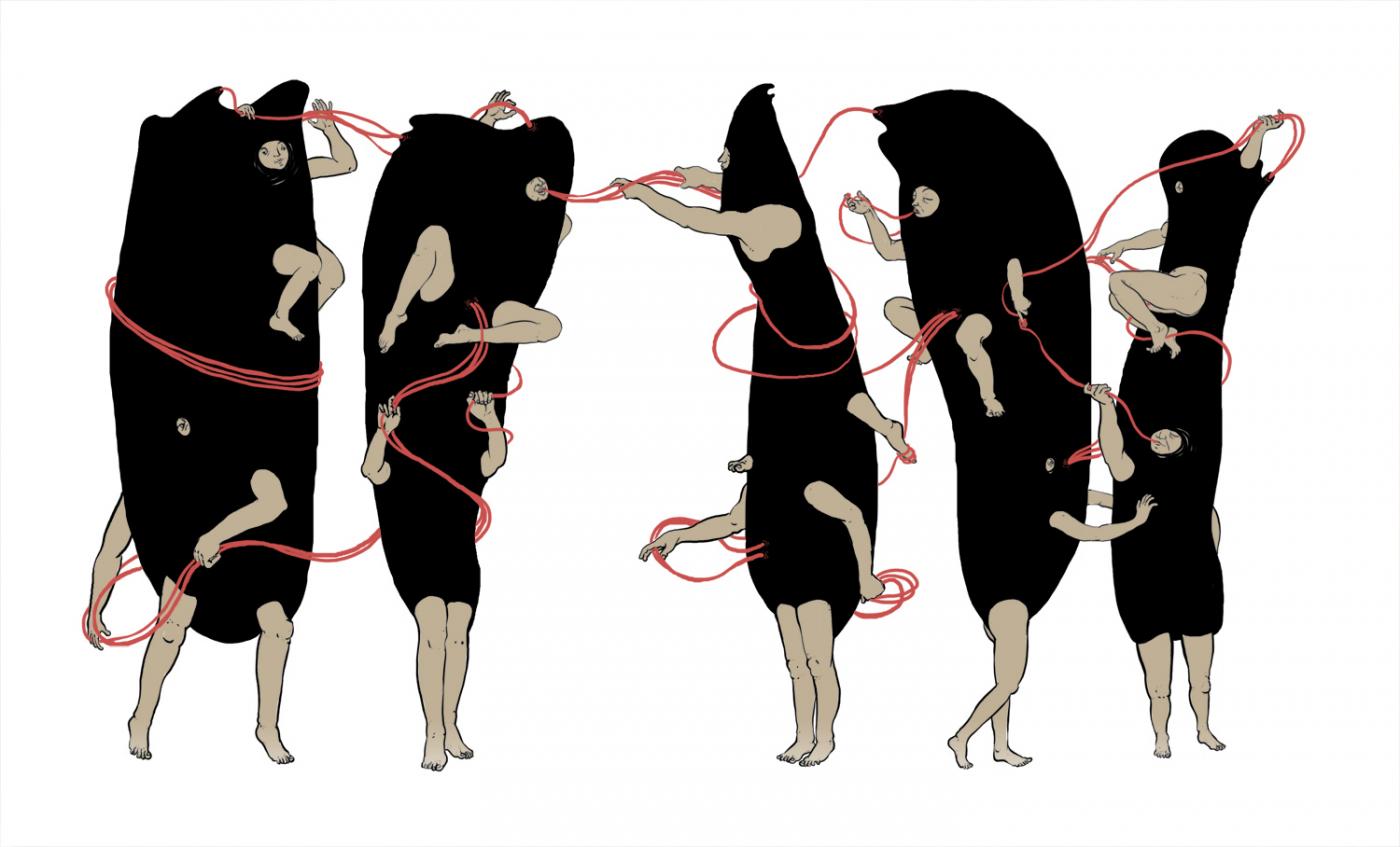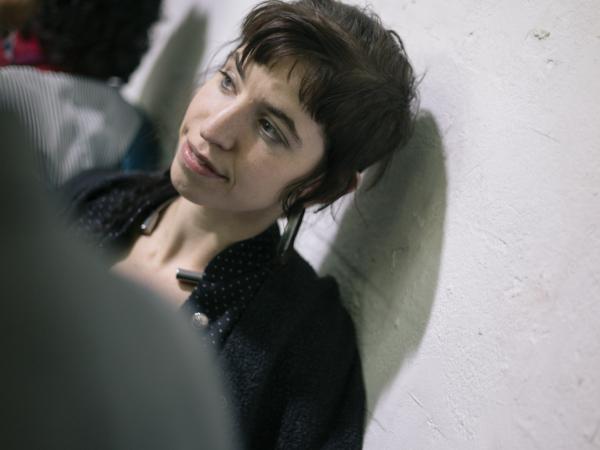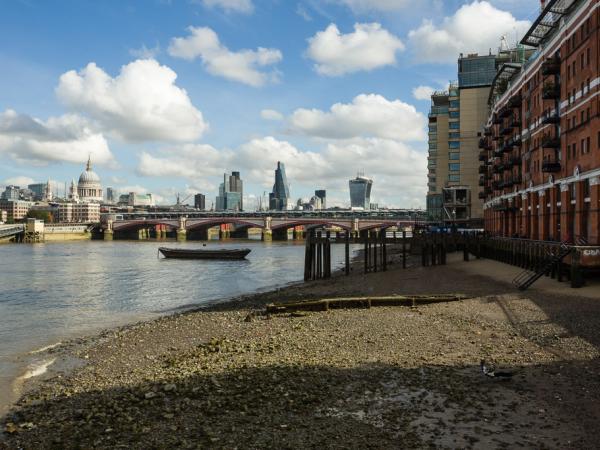The entire project, curated by Federica Forti, was born to inquire into the relation between man and architecture through figurative art: “[…] Buildings are sacred or debunked, converted or reused, some were demolished, others have become icons of a great past. Rome is a spectator of this phenomenon as a living museum in open air; but why do we construct?”(Federica Forti).
The exhibition Nidi was born by this remark: three appointments in six months (march– may–semptember) and three different spots of the city selected to be the right site for the art works (Pastificio Cerere Foundation, Accademy of Spain and CO2 contemporary Art Gallery). In these places it would be possible to follow the development of Santiago’s work: three moments of creativity united by a conceptual thread that fulfil his artistic research in Rome.
During the third and last show in September, a catalogue will be presented containing a text written by the curator and all the images of Santiago’s mural paintings.
The show at Pastificio Cerere Foundation is the first step of the project Nidi: the industrial building was born to be a small firm and became a concrete example of industrial archeology reused as a place where art, culture and people meet to exchange experiences.
Santiago’s paintings for the Pastificio Cerere are inspired by Colosseum’s sculptures: these ancient masterpieces are revisited by Santiago as architectures in architecture; as anthropomorphic creatures animated by art to build an organic, illusionistic loggia.
These murales are totemic structures made by human bodies weaved with history, feelings, sex and life becoming, in the end, slaves of their lives.
After thinking about the different uses for a same space, after thinking about the importance of architecture for the human being, after thinking about figurative art as a urban component, Santiago land to the concept of nest as the first step in the process of constructing a building, complete and ephemeral at the same time.
“… We live architecture in an organic way. Nowaday we’ve become as totem made of flesh and bones, refugee in our wandering nests. Are we prisoners of our affective and physical relationships or they keep us safe in our migrations?...” (Santiago Morilla)







Comments 0
Say something